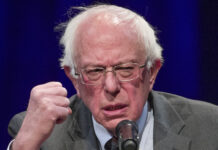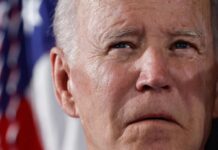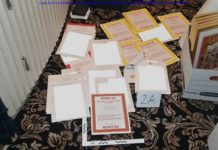Since caffeine is one of the most potent stimulants that are both legitimate and freely accessible, these researchers state that “acknowledging how and why caffeine intake impacts spending is crucial.” Coffee is the main supply of caffeine, backed by tea and soda, and about 85% of Americans have at least one caffeinated drink day in and day out. Fizzy drinks, chocolate, and numerous over-the-counter and prescribed medications all contain caffeine.
According to this study, consuming a caffeinated beverage prior to shopping increases the number of items bought at the store and the amount spent. Additionally, their research indicates that the effects of caffeine are heavier for “high hedonic” items like scented candles, perfumes, home accents, and massagers and lighter for “low hedonic” goods like kitchen utensils, notepads and storage bins.
Arousal is a state of stimulation and wakefulness that can span from extreme grogginess to intense exuberance. Several studies have shown that caffeine intake increases arousal. Arousal can be either a productive hedonic state “high-energy arousal” or a harmful hedonic state, known as “strained arousal”. Hedonic products like candies or expensive vacations are examples of how energetic arousal improves the impression of product attributes and, as a result, increases purchasing behavior.
According to earlier studies, consuming caffeine in doses between 25 and 200 mg increases energetic arousal. Since the majority of serving sizes of caffeinated drinks have caffeine content in this scope, the study examines the outcomes of caffeine consumption in the 30 mg to 100 mg range.
The study team assembled an espresso machine next to the entrances of 2 retail stores in France and Spain. When the 300 customers entered, half were given free cups of coffee that contained caffeine, and the other half were given decaf or water. “We discovered that the caffeine core group made significantly more purchases and spent significantly more money,” shared the authors.
According to the study’s findings, those who drank caffeine ended up spending way more money and purchased more merchandise than those who drank decaf beverages. For those who may be thinking of becoming a Barista, there’s many pros and cons to the job. One of these may be good tips, if this recent study is accurate.
The items people decided to buy at the stores were also affected by caffeine. The group that consumed caffeine spent more money on hedonistic (pleasurable/fun) items like scented candles and perfumes. However, when it came to purchases of kitchenware and storage bins, there wasn’t much of a discrepancy between the two groups. Additionally, the influence of caffeine on expenditure persists for people who consume one to two caffeine (or less) per day.
The spendthrift repercussions of coffee affect some people more than others. After a pre-shopping pot, modest coffee drinkers—those who consume up to two cups per day—are most likely to make an impulse purchase. But its impact appears to be lessened in intense coffee drinkers.
Considering that the coffee they offer may persuade people to part with their money, it shouldn’t come as a surprise that there are so many retail stores and malls that also house coffee shops.
“All in all, caffeine consumption by customers can be profitable for retailers, especially since the effects are more pronounced for increased hedonic goods. Retailers must take this into account when deciding how many hedonic products to stock in their stores.” Dipayan Bismass, Marketing Professor at the University of South Florida. The authors concluded that national authorities might want to increase awareness about the potential impact of caffeine on expenditure.











